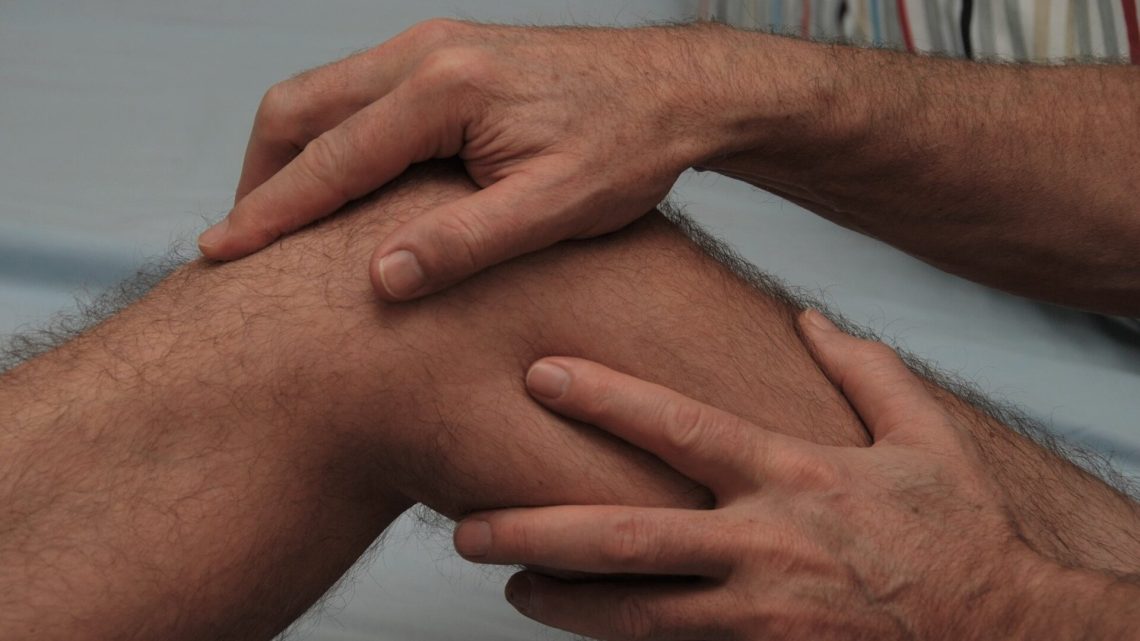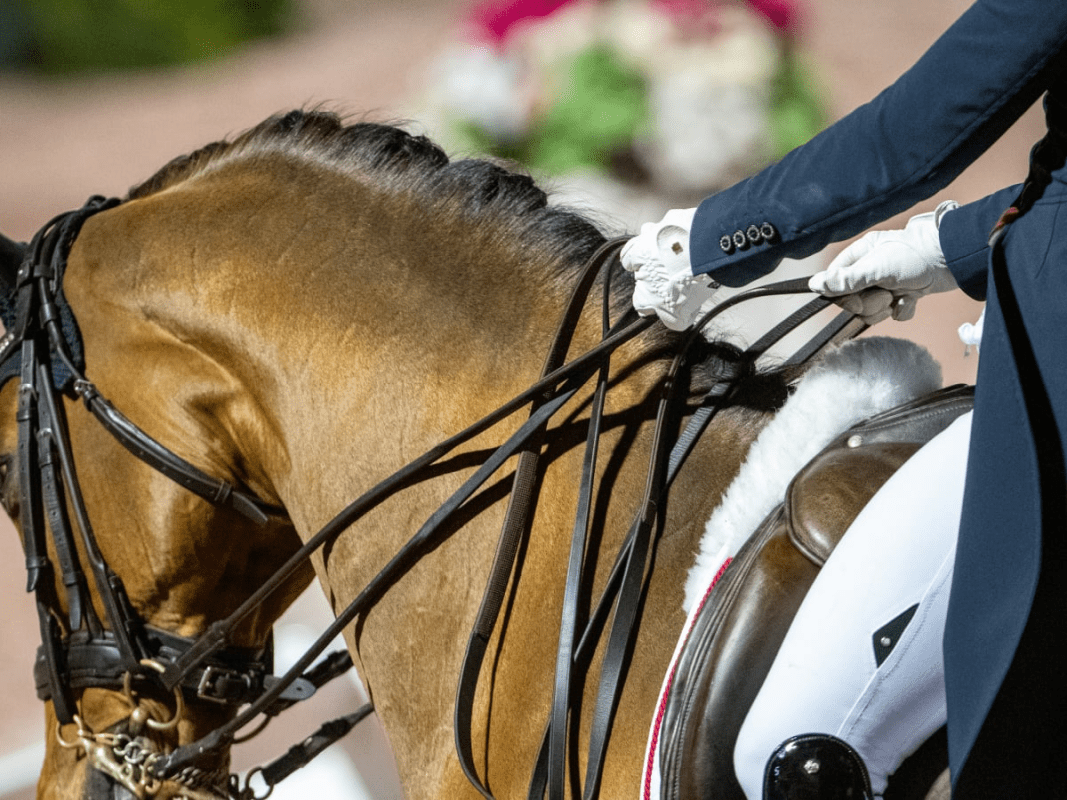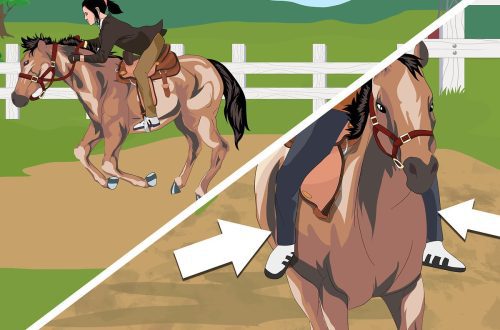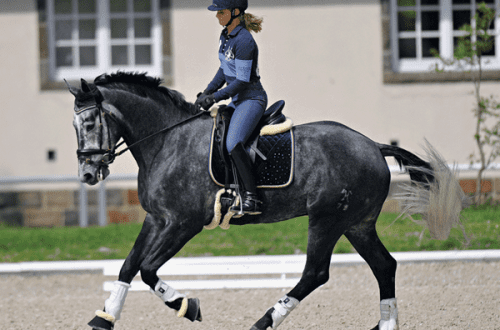
Restless hands: how to correct the mistake and improve the situation

Photo from dressagetoday.com
Many novice riders face a similar problem – their hands are unstable while riding. Too high a position, pulling one rein or “jumping” up and down the brushes – a familiar situation? But to achieve proper contact with the horse’s mouth is possible only when the rider’s hands are relaxed and in the correct position.
About three important things necessary for “calm” hands, told We are from Madden (USA) – one of the most famous show jumpers, two-time winner of the World Cup Final, owner of two Olympic team gold medals and one individual bronze (2008). Busy is also the owner of his own equestrian centers in Cazenovia (New York) and Wellington (Florida).
Busy Madden was US Horsewoman of the Year five times and became the first woman to win the King George V Gold Cup at Hickstead (2014 and 2015).
«For the most part, it comes down to three things: basic hand position, proper plane work, and trust in the horse.“, Bisey comments.
The position of the hands directly affects the correct impact on the horse’s mouth. Proper hand movement and position helps to correctly apply the controls and give precise commands to the horse, and trust is essential to ensure that the rider is not trying to do all the work for the horse.
Confidence, according to Busey, means the absence of constant control of the horse by the rider. Let her determine a comfortable gait speed before the jump, and also choose the number of paces.
The athlete emphasizes that the rider, with a problematic position of the hands, must be exercised under the strict supervision of a trainer – sometimes it is extremely difficult to understand for yourself whether the hands are calm enough and whether the work is being done correctly. After all, sitting in the saddle, we feel the situation differently than it really is.
So how do you learn to control your hand position while riding a horse?
First of all, take a look at your landing. It is she who forms the basis of competent riding in all disciplines of equestrian sports. Imagine that you can draw a vertical line across your ear, shoulder, hip and heel – it should remain straight. Otherwise, you will try to balance yourself in the saddle by using your hands for support, thereby pulling too hard on the reins, hanging on to it.
Next, make sure you not tense while riding a horse – the movements should be smooth, shock-absorbing every step of the horse. Any tension in the body will immediately be reflected in the hands – they will “stiffen”. In most cases, this causes the rider’s arms to “jump” up and down – in an attempt to establish the correct position, the athlete tightens the elbow and does not accompany the movement of the horse’s head.
Another common cause of restless hands is − bad posture. Rounded shoulders and weak back muscles are a common problem for people who spend most of their time at their desks in the office. The lack of muscle corset and posture causes the upper body to lean forward while riding, and, accordingly, change the position of the hands. To fix it: Straighten your shoulders and tighten your core muscles and keep your chest above your hips.
Also necessary learn to move shoulders and arms separately. Try standing up while holding on to the back of a chair. Keeping the bend in your elbow, move your shoulder forward and then back. In this case, the hands should not move. Once you get the hang of this exercise, try doing it during your warm-up on the horse. Make sure that the hands do not repeat the movements of the elbows, otherwise the rein will either stretch or sag.
Several Yet exercises with aids help you feel the correct position of your hands and learn how to hold them calmly.
For the first exercise you will need belt. Attach it to the front pommel of the saddle. Pass the rein through the strap and grab the rein. The resulting design will prevent you from raising your arms too much or stretching them too far forward. This will help you get used to the correct hand position.
During the second exercise, the belt should lie on the index fingers of the rider. You can hold it with your thumbs. Continue moving in this position. This will teach you to keep your hands together without spreading out to the sides, and to properly handle the contact without overtightening one of the reins.
In the third exercise, the auxiliary object is whip. Taking the reins correctly and placing the hands in the correct position, ask the trainer to place the whip across the top of the hands. Hold it lightly with your thumbs. This exercise will help to calm your hands and learn to work them in one line without raising one of the hands above the other.
Of course, all of the above exercises are only meant to help the rider get a feel for proper hand position. And don’t worry if you can’t complete them all the first time – you can usually focus on just one problem. Take it step by step – having corrected the first mistake and fixed the correct position, proceed to the study of the next problem.





